This is my: LeetCode or Explode

Research & Defining
Conducted MoSCoW analysis while reflecting on system design goals: high availability, fault tolerance, and seamless updates


Diagramming & Layout
Sketched system architecture, database schemas, data flows, API endpoints, and deployment topology to blueprint GKE deployment.


Coding & Debugging
Built the Chrome extension (JavaScript) and Go backend, reviewing schemas to trace issues and handling emergency on-call bug fixes in production.


Challenges & Solutions
The biggest challenge was architecting a highly available, fault-tolerant backend under tight deadlines. I used self-healing, rolling deployments, and blue-green releases to ensure bugs were quickly caught before prod.


Highlight of the project
The highlight was attracting real users—including engineers from Amazon and Uber—who actively used and enjoyed the product without encountering bugs.
